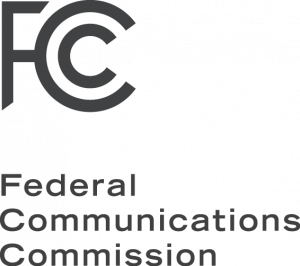 Overview of the FCC’s Healthcare Connect Fund
Overview of the FCC’s Healthcare Connect Fund
The FCC has identified Universal (communications) Service as one of its strategic objectives. They believe in the principle that all Americans should have access to essential two-way communication services (both voice and data). Universal Service is also the name of their reimbursement fund and the category of FCC programs and policies that implement this principle. Universal Service is a cornerstone of the law that established the FCC, the Communications Act of 1934. Since that time, universal service policies have helped make telephone service ubiquitous, even in remote rural areas. Today, the FCC recognizes high-speed Internet as the 21st Century’s essential two-way communications technology, and is working to make high speed Internet service (aka broadband) as ubiquitous as voice, while continuing its support of voice service.
In 2012, the FCC created the Healthcare Connect Fund (HCF) to expand access for healthcare providers to high speed internet service. Building on the lessons learned from 50 Pilot projects which tested how to most effectively use broadband to improve the quality and reduce the cost of healthcare in rural areas, the Healthcare Connect Fund modernized the FCC’s universal service Rural Healthcare program.
The program was established to encourage the creation of state and regional Broadband healthcare networks across the U.S.. The total funding awarded in 2015 was $190 million out of an allocated $400 million, showing that the fund was little known and underutilized. However, the funding awards in 2016 and 2017 exhausted the full $400 million. In June 2018, the FCC announced that they would provide a significant budgetary boost for this program to address immediate and long-term funding shortages driven by growing demand for rural telemedicine services. The FCC increased the annual cap on program spending by nearly 43 percent, to $571 million.
In April 2020, the FCC launched a $200 million Telehealth fund to meet the Covid 19 pandemic’s healthcare challenges and announced the establishment of a $100 million Connected Care Pilot (CCP) program to assess the effectiveness of connected healthcare delivered remotely or from mobile locations outside of traditional brick and mortar sites. The first round of applications for CCP were due in Dec 2020. The few awards have been made. The FCC plans to distribute a second $250 million tranche of COVID 19 telehealth funding during 2021.
Key features of the Healthcare Connect Fund
- Subsidizes 65% of the cost of equipment and services to obtain Broadband service for intra-campus communication and Internet access
- The subsidy is available exclusively for non-profit Qualified Healthcare Providers (HCPs)
- Encourages formation and membership in Consortia to save costs through group purchasing power
- Non-profit HCPs in rural areas of the U.S. (as defined by the Census Bureau) are eligible for the subsidy. All other qualified HCPs must be members of a Consortium that has a minimum of 51% of its locations in rural areas. The minimum percentage will increase 5% annually, up to a maximum of 75%, if the program’s funding is oversubscribed in a year.
Typical uses of the Healthcare Connect Fund
- Transmitting Electronic Health Records containing patient information
- Transmitting X-ray, MRI, CAT Scans, and other medical imaging files
- Facilitating rural/non-rural healthcare collaboration Video conferencing for telemedicine and healthcare training
- Education for healthcare providers and the community
